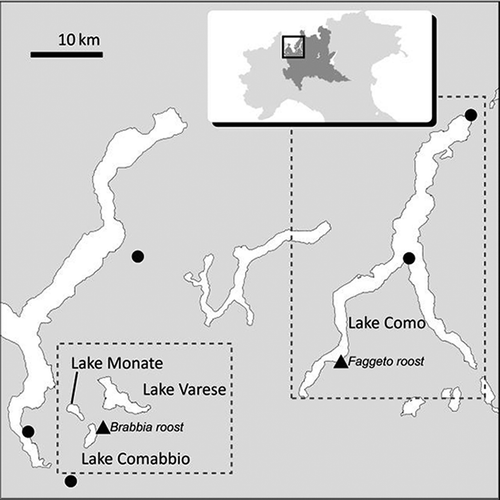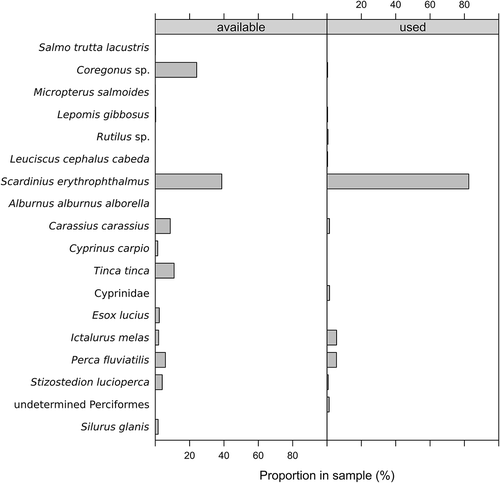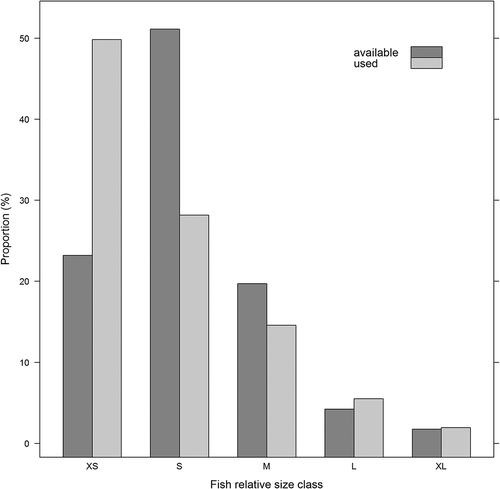Figures & data
Figure 1. Map of the study area. The two study sites: A, Lake Como and B, lakes of Varese basin (corresponding to Lake Varese, Lake Comabbio and Lake Monate) are enclosed by dotted lines. Location of roosts in the study area is indicated by dots, and those chosen to collect samples by triangles: Brabbia roost and Faggeto roost.

Table I. Monthly numbers of wintering cormorants counted at seven roosts regularly monitored during the 3 years of the study, and montly average cormorant days in the whole study area.
Table II. Numerical abundance (number and percentage of fish for each taxonomic category) and biomass (g) of various fish taxa in relation to roost site.
Figure 2. Reconstructed fish biomass of consumed prey (% of total biomass) in each study site (Como study site corresponding to Lake Como, pellets collected from Faggeto roost; Varese study site corresponding to Lake Varese, Lake Comabbio and Lake Monate, pellets collected from Brabbia roost).

Table III. Cormorant diet data (biomass of fish species consumed by cormorants) compared with annual harvesting of professional fisheries (biomass fish species harvested/ha) in the two study areas (Como, Varese).


